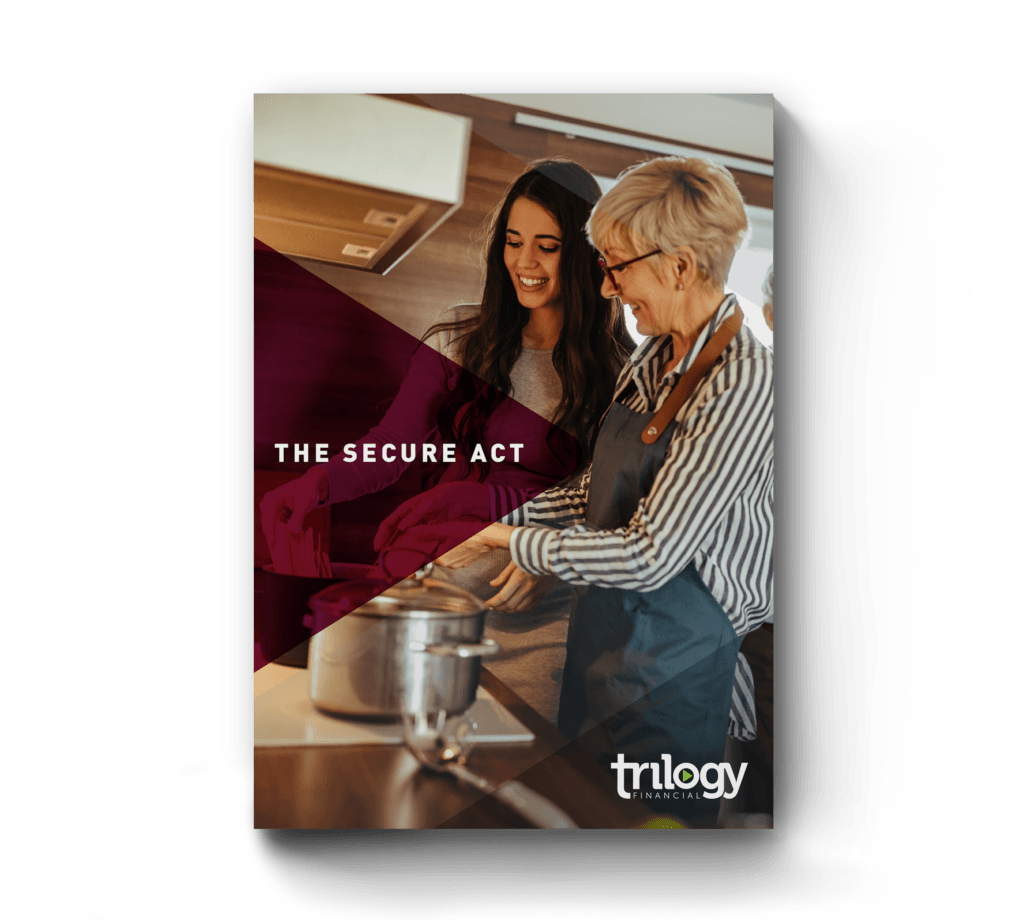Coming from sunny southern California, there’s nothing quite as nice as an aimless, leisurely drive down the coast. As delightful as that is, it’s not a metaphor for life. Life is complicated and moves fast. It’s easy to get sidetracked. That’s why when it comes to any of your goals, especially financial independence, a clear vision of what you’re working towards and a developed idea of the best way to get there will keep you in route to your goal. Many folks have a general idea of where they want to go. They want to be fiscally responsible, perhaps investing in a home and saving for retirement while still prepared for the financially unexpected. However, 1 in 3 Americans have less than $5,000 saved for retirement and only 16 percent of those surveyed had more than 15 percent of their income saved. We know that most people have good intentions. So why do their actions take them so far away from their goals?
It all comes down to that lack of a map – not having a well-defined goal and detailed route to get there. Yes, it’s good to know that you want to be fiscally responsible, but if you don’t have a detailed definition of what that means, how do you know when you’ve achieved it? What are you saving for? How much do you need to save for retirement and how much do you need in your emergency fund? What other financial goals do you have, and which ones take priority? Lacking those details may make it easier to get distracted by impulse purchases or detoured by a financial commitment that might not be the best for your budget or your long-term financial goals.
Once you have the destination, then you need to determine the most direct route to get there. Do you have a distinct budget for all your needs and your goals? Are you going to have a monthly amount deducted from your account to your savings goals? Have you considered the influences that work against your goals and what you might do to counter them? Having a distinct plan doesn’t mean that everything is settled. Circumstances may arise that distract or reprioritize your goals. Having a definitive plan, though, can help you recalibrate your course and prevent you from being shifted away from your goals long-term.
The road to your financial independence is oftentimes anything but direct. Between relationships, families, career, health and everything in between, it’s easy to lose sight of your goals. Yet, by thinking things through and creating a detailed plan, we can stay on course. Despite every fork in the road, every decision that tempts us away from our goals, we are able to remember what we’re saving for and the right steps we put in place to get there, which makes it easier to stay on course to our financial independence.
- https://www.cnbc.com/2018/08/27/1-in-3-americans-have-less-than-5000-dollars-saved-for-retirement.html
- https://www.cnbc.com/2018/03/15/bankrate-65-percent-of-americans-save-little-or-nothing.html


